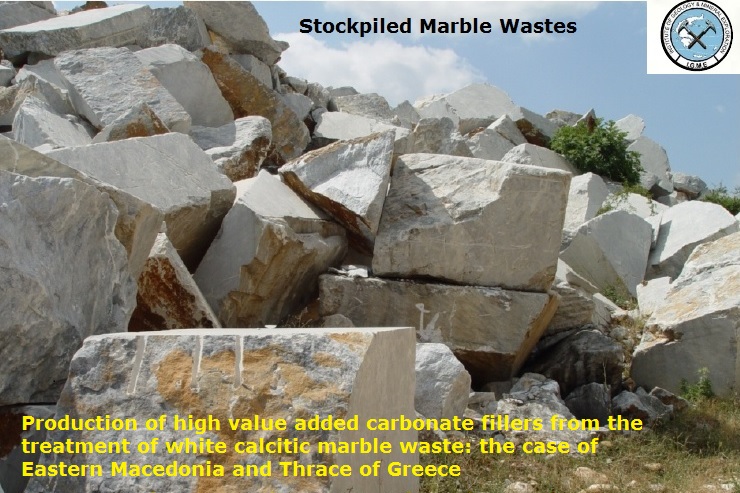
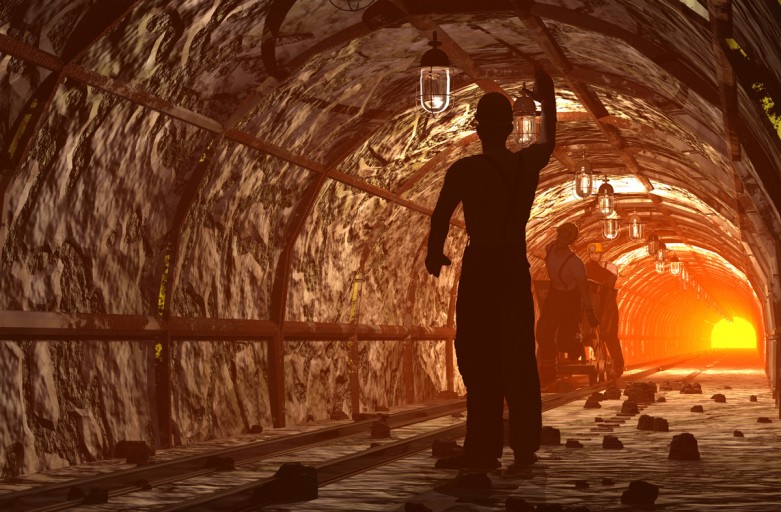
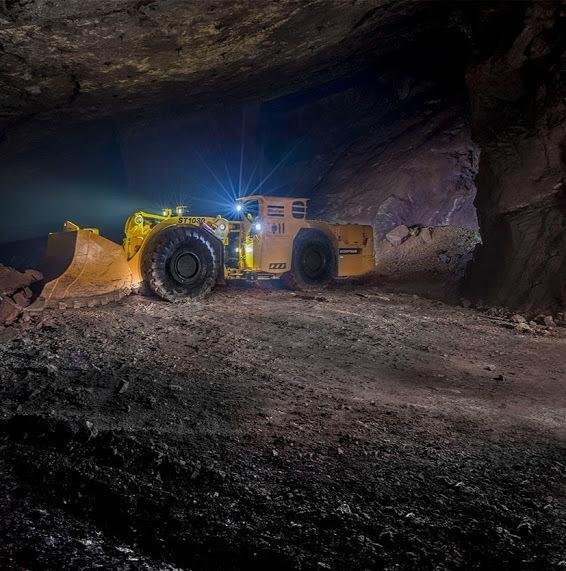
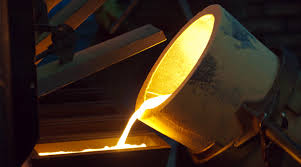
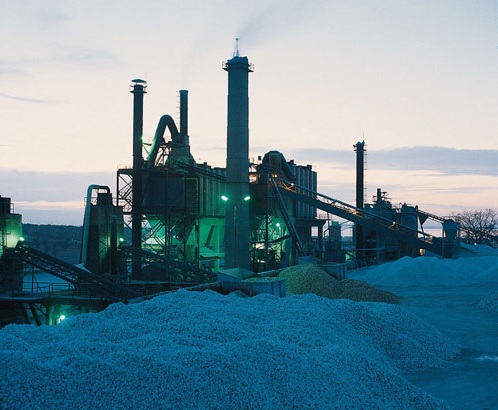
Greece is a EU country with a significant mineral resources background in terms of quality, quantity and variety of ores, minerals and aggregates. The Greek Mining/Metallurgical Industry (GMMI) constitutes an important sector of the economic activity of the country as it supplies essential raw materials for primary industries and various downstream users.
Although the sector’s significance to Greek economy has been declined during the past 20 years, GMMI still contributes 2% of the Gross Domestic Product (GDP), with the inclusion of interrelated enterprises such as quarrying, concrete, processing and production of intermediate and final products. There is high potential for further development and flourishment, if current obstacles of recent sharp economic crisis are overcome and new investments are attracted.
The mining/metallurgical sector in Greece covers a wide range of mineral commodities and comprises four major sub-sectors, namely: i) Metallic Minerals (Bauxite-Alumina-Aluminium, Nickel, Lead-Zinc, Gold, Copper, huntite/hydromagnesite etc.), ii) Industrial Minerals (Bentonite, Perlite, Magnesite and magnesium compounds, Pumice, Pozzolan, Gypsum, attapulgite, amphibolites, olivenite, calcium carbonates, industrial clays etc.) iii) Marbles and ornament stones iv) Energy Minerals (lignite) Geothermy and Hydrocarbons (upstream process).
Production data for various mineral commodities produced in Greece in the years 2013-2014 are listed in Table 1. Reported figures are combined data from (a) statistics provided by the Mineral Resources Division of the Ministry of Reconstruction of Production, Environment and Energy YPAPEN (ex. Ministry of Environment, Energy and Climate Change (YPEKA)) based on annually activity statements and (b) the official economic data sheets published annually by mining companies. Annual statistics provided by Greek Mining Enterprises Association (GMEA) are considered as well. Especially for the marble industry, import-export data are provided by Greek Statistical Authority (EL.STAT), grouped and analyzed by YPAPEN/Mineral Resources Division.
The output of the Greek mineral industry declined in both value and tonnage owing to the global economic downturn that started in 2009 and was continuing in 2013-2014. This was mainly due to the significant decline in demand and prices of raw materials in the steel, construction, cement, and concrete industries. The instability and recession boosted by rising energy prices throughout the EU, reduction in international metal prices and individual issues plaguing the Greek economy.
Positive developments recorded in 2014 were: the fall in euro-dollar exchange rates at a cheaper euro, the significant drop in oil prices and the resulting drop in freight rates that positively affect the export mining sector. Also, strengthening the extrovert orientation of most mining companies (the sector is already highly extroverted since its exports account for 65-70% of its total sales) while maintaining extensive sales networks abroad and timely restructuring of the operating structures helped sector to maintain corporate competitiveness, retention of staff and implementation of the required productive investments.
The domestic market mainly in the field of construction products (aggregates, cement, ceramics, etc.) and companies related to aggregate quarries and generally construction products as well as cement, suffered big drop the previous five years due to the shrinkage of domestic building and construction activity, showed in 2013 an increase in turnover by 8%, and for 2014 an increase of 20 to 25%, mainly thanks to restart of some public projects. The cement sector also regained part of the losses both domestically and in the international competition.
However, in contrast to the shrinking domestic market, the tendency was to strengthen the export sector with regards to products placed on the international market (industrial minerals, aluminum, nickel, mixed sulphide Pb-Zn ores, magnesium compounds, marble products etc.), where the demand and prices soon rallied largely to pre-crisis levels.
The traditional marble field is providing a good example of a sustainable roadmap during the crisis years. Despite the recent adverse conditions, the sector of marble products achieved a significant increase in exports (mainly to the Chinese market) during all previous 5-6 years, maintaining its leading position in the international markets and contributing significantly to the GDP. In 2013-14 the exports in the marbles sector were over 850.000 tons and over 250 million € in value, see Fig.1.
In the above context, the last six years of crisis (2009-2014), the mining industry despite the severe crisis, was perhaps the only sector in Greece that maintained jobs and productive structures in a stable condition, achieving a total (six year) turnover of approximately 18 to 20 billion € and a total export value exceeding 10 billion €. At the same time recorded investments in research and development of products surpassed 2 billion € while investments for environmental rehabilitation projects amounted 100 million €.
Τα αναφερόμενα στη σελίδα έργα χορηγούνται με άδεια Creative Commons Αναφορά Δημιουργού 3.0 Ελλάδα
Όροι Χρήσης ιστοσελίδας:http://www.oryktosploutos.net/
